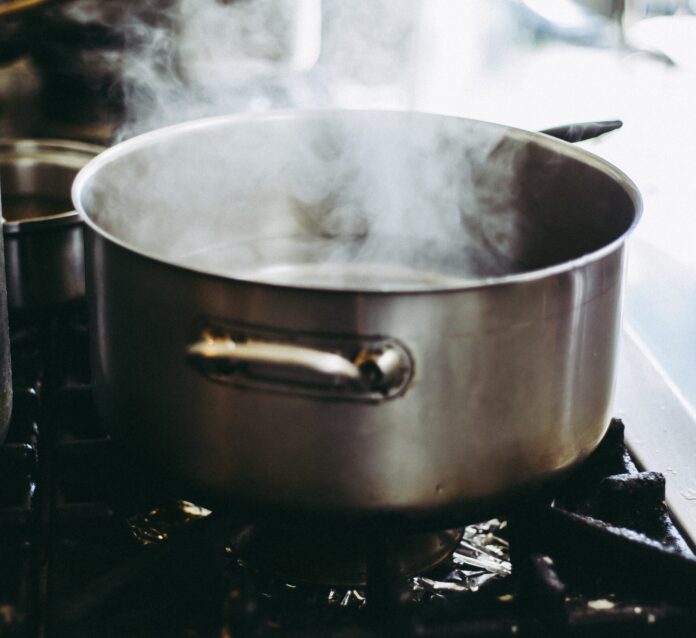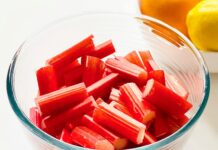When it comes to preparing vegetables, the cooking method can significantly impact their taste, texture, and nutritional value. Two common methods, boiling and frying, each have unique pros and cons. To help you better understand when to use which, here’s a quick guide.
Boiling
Almost any vegetable can be boiled. It tends to soften vegetables, making them easier to chew and digest. This is great for harder vegetables like potatoes or beets.
On the other hand, some vitamins and nutrients may leach into the cooking water during the boiling process. Extended boiling times can lead to a loss of flavor and a mushy texture, especially in delicate vegetables.
Frying
Frying imparts a rich, caramelized flavor to vegetables, and the high heat can create a delicious crispy crust. Frying is also very fast. It allows for easy seasoning and flavor customization by adding herbs, spices, or other seasonings directly to the oil or butter.
However, frying involves using oil or butter, which can increase the calorie and fat content of the vegetables. You also run the risk of burning.
Bottom Line
Both boiling and frying are viable methods for cooking vegetables. Experimenting with different cooking methods can help you find the perfect balance between taste and texture you’ll love.















